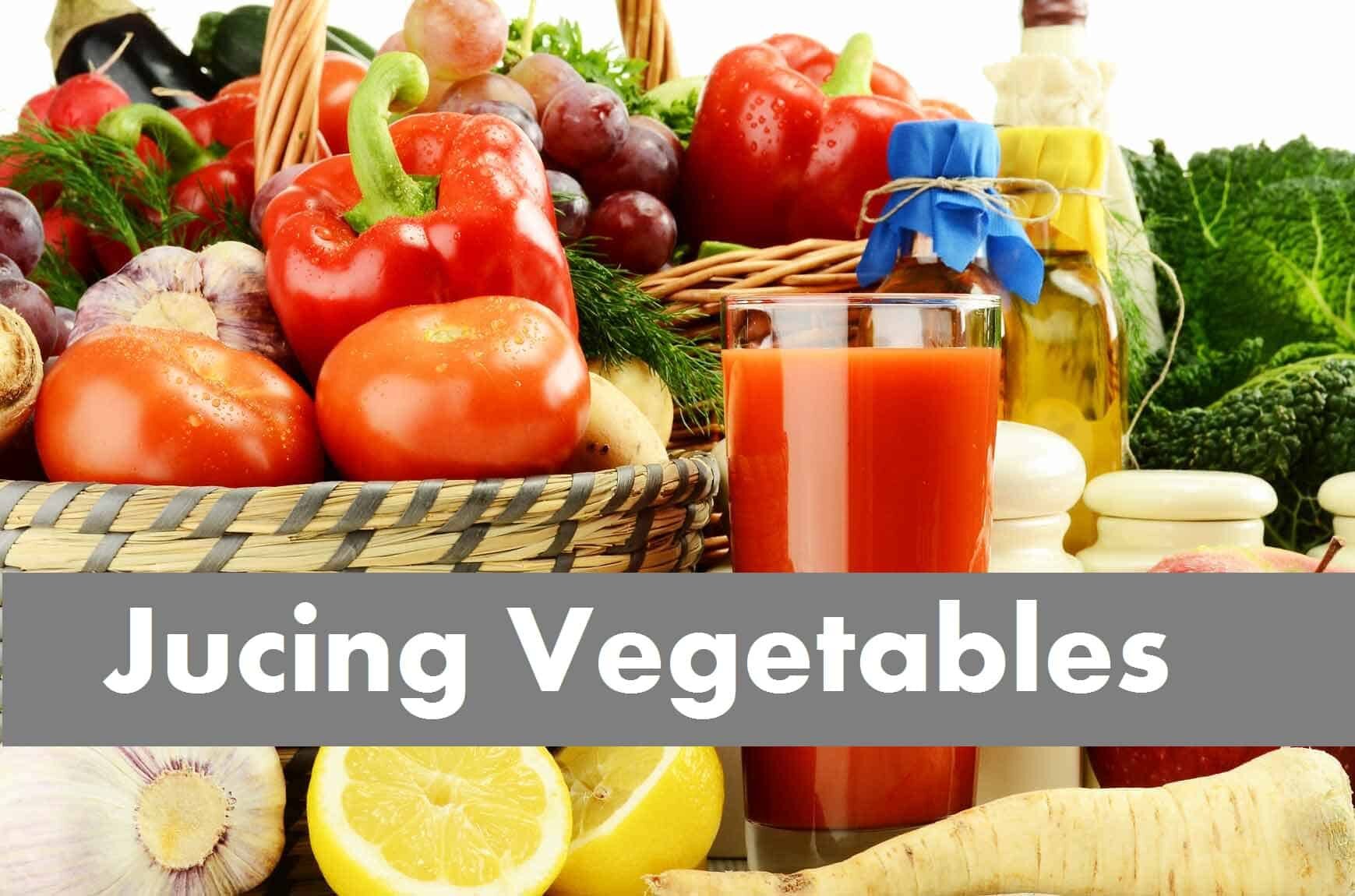One of the latest trends in dieting and healthy eating is juicing, wherein one “drinks” their fruits and vegetables, rather than the more conventional “eating” them. There are some proven benefits to juicing that make it one of the best ways to consume vegetables, which is referred to in the juicing movement as “green juicing.”
A major concern of many people is simply how to fit the recommended number of servings of vegetables into your diet each day. Both vegetable lovers and loathers alike often having trouble eating those three to four servings a day, but using a juicer makes it significantly easier to consume a high volume of greens; even vegetables that you don’t like can often be mixed and matched with other fruits and vegetables to make them more palatable or even delicious! Good recommendations are to juice greens with apples or carrots using a slow juicer, which almost always gives them a much better taste while still maintaining their high vitamin and nutrient content.
Many people attempt to up their daily intake of vegetables by cooking them into their other meals, which is certainly a good way to boost consumption. However, the heating and cooking process destroys the enzyme content of a number of vegetables, impeding digestion. Juicing vegetables completely avoids that problem, preserving the enzymes in the vegetables and smoothing out the digestive process. In fact, the act of juicing the vegetables itself will break down the cell walls of whole foods (such as carrots and tomatoes), making the digestive process work even faster (since it takes less energy to digest liquids than solids) and improving the nutrient uptake by your body. Juicing does tend to remove some of the fiber content of fruits and vegetables, but this problem can be easily ameliorated by adding some of the pulp back into the juice or using the pulp in cooking other dishes. Juicing allows your body to work less hard, while absorbing even more nutrients than other eating methods.
One of the best advantages that juicing has over other ways of eating vegetables is simply how endless the possibilities are! There are recipes aplenty on the internet and elsewhere to making delicious juice concoctions out of a variety of fruits and vegetables. And if you grow tired of following the recipes of others, or perhaps if you simply have a creative streak, the juices that you yourself can make are limited only by your imaginations and your pantry. Indeed, juicing often makes it easier to fit more exotic vegetables into your diet, things that you might otherwise be unsure of how to prepare. Some suggestions on “interesting” things that might not immediately come to mind when one thinks of “traditional” juices are kale, cabbage, celery, wheatgrass, cucumbers, and even stinging nettle. Each of these and more can be used to your heart’s content to create your ideal juice concoction.
While there is no “wrong way” to eat a vegetable, and all but the most hardcore “juicearians” still recommend eating some vegetables in other forms, juicing certainly provides a healthy way to add some variety to your green eating!


Hello, I’m Scott – a juicer and blending enthusiast. I hope to inspire you to make one positive step towards your juicing or blending journey through visiting this site.
We’ll go over some easy tips, guides, hacks, and honest product reviews so that you don’t have to waste your time or money on trial and error.

